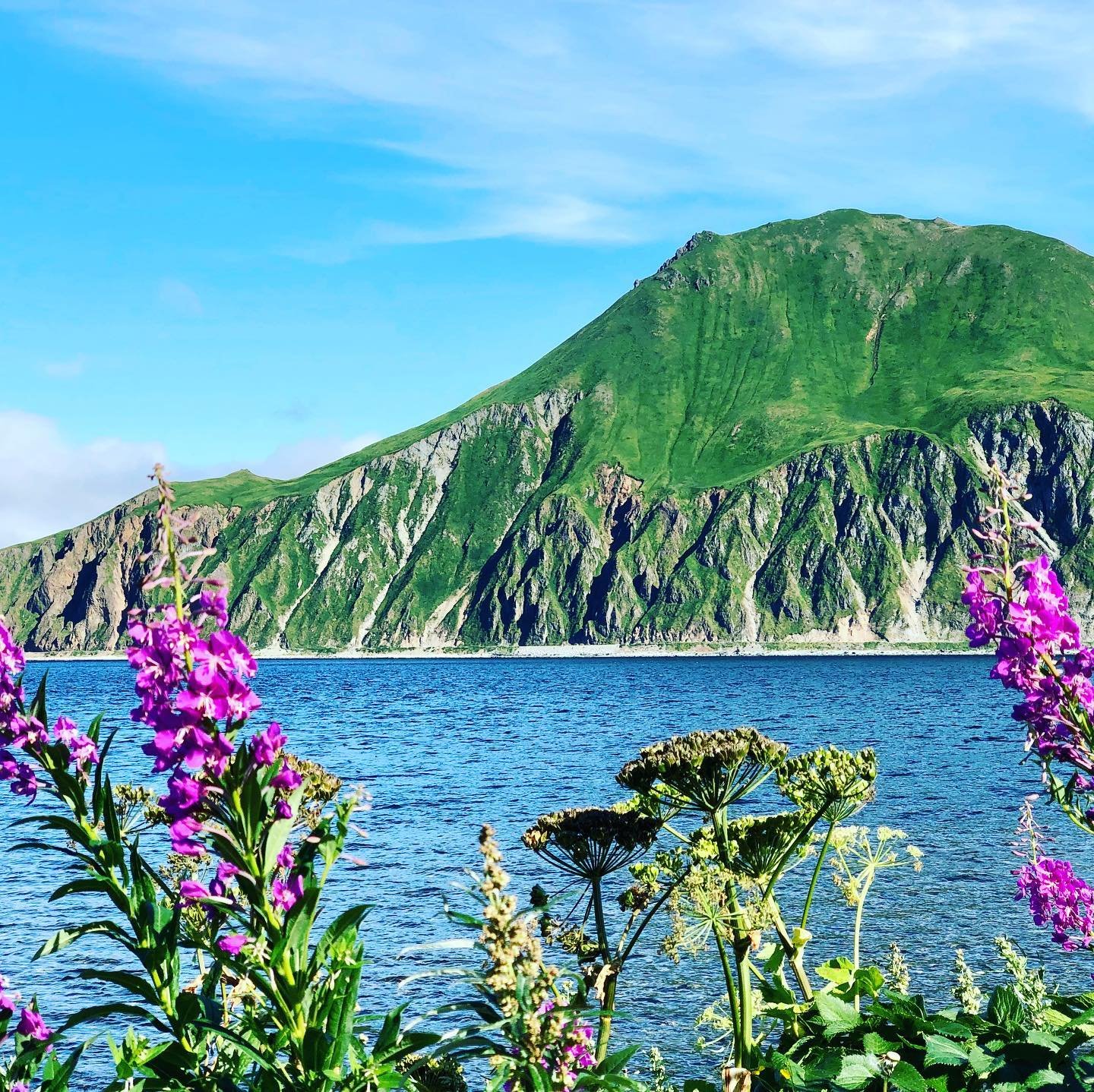Aleutian World War II National Historic Site
This fort dates back to World War II, commemorating one of the few sites on U.S. soil that were attacked during the war.
The Aleutian Islands World War II National Historic Area is located in Dutch Harbor/Unalaska in the Aleutian Islands. In 1939 the U.S. military began fortifying Dutch Harbor/Unalaska for a possible attack by the Japanese. The area was attacked from June 3–4, 1942.
HISTORY
The two-day air attack not only heavily destroyed this Aleutian Island seaport but made it one of the few places in the country to be bombed during World War II. The Japanese continued the campaign by invading and occupying two western Aleutian Islands that same year. When America reclaimed the islands in 1943, the bloody clash was the first battle on American soil since the War of 1812. This little-known chapter of War World II history eventually became known as the "Forgotten War." In 1996 the 134-acre Aleutian Islands World War II National Historic Area was established to tell the story of the Forgotten War.
The Aleutian World War II National Historic Area encompasses the historic footprint of the U.S. Army base called Fort Schwatka. The fort was one of four coastal defense posts built to protect Unalaska/Dutch Harbor during World War II. The fort is also the highest coastal battery ever constructed in the United States at 897 feet high.
THINGS TO DO
The original air control tower the military built near the airport in 1943 is now the Aleutian Islands World War II Visitor Center, the logical first stop for most visitors to the park. Downstairs is a 1940s-style theater where documentaries about the war effort in Alaska are shown, and exhibits relive the Aleutian campaign, including the bombing of Dutch Harbor by the Japanese and the Battle of Attu. Upstairs is the re-created air control tower as it looked in the 1940s.
Most of the park encompasses the historic location of Fort Schwatka, located on Mt Ballyhoo. Looming nearly 1000 feet above the storm-tossed waters of the Bering Sea, the Army fort was the highest coastal battery ever constructed in the U.S and was built to withstand earthquakes and 100 mph winds. Today, the gun mounts are still among the best preserved in the country and include tunnels and bunkers that allowed gunners to cart ammunition from one side of the mountain to the other.
Also part of the national historic area is Bunker Hill, another coastal battery that was fortified with 155 mm guns, ammunition magazines, 22 Quonset huts, and a concrete command post at the top, much of which can still be seen today. In a picturesque hillside graveyard along the bay is the USS Northwestern Memorial that includes the ship's propeller. The freight ship was repaired by the military in 1940 and was serving as a floating bunkhouse when it was bombed during the attack on Dutch Harbor and burned for five days.
Visitors can pick up self-guided walking maps to explore the barracks and office building ruins, bunkers, gun platforms, and command stations of Fort Schwatka on foot. While some areas have been well-preserved, others have not withstood the test of time and harsh conditions. Visitors should not enter tunnels and should stay off of building ruins. There are also several self-guided driving routes that lead to other historic World War II sites in the area.
LANDSCAPE
The Aleutian Islands are known for fast-changing weather, so it is advisable to be prepared. Rain, fog, and high winds are typical conditions during the summer months. Winter months are characterized by wet, snowy, and cold conditions. People visiting Unalaska/Dutch Harbor should bring warm clothing and good rain gear.
GETTING HERE
The Aleutian Island World War II National Historic Area is located in Unalaska/Dutch Harbor on in the Aleutian Islands. Unalaska/Dutch Harbor is accessible by scheduled daily air service from Anchorage and once-a-month Alaska Marine Highway ferry service from May through September.
The Aleutian Island World War II National Historic Area is unique because it is owned and managed by the Alaska Native Ounalashka Corporation in partnership with the National Park Service. A Land Use Permit is needed to visit the park and can be purchased at the Aleutian Island World War II Visitor Center or at the Ounalashka Corporation Office.
For more information, visit the Aleutian Islands World War II National Historic Area website.

Local Climate & Weather
For Alaska's day-to-day weather, it’s best to plan for a bit of everything. Learn more about weather in this area.
Travel Inspiration
#TravelAlaska
#TravelAlaska
 @katlanguille
@katlanguille
 @lyd.s
@lyd.s
 @derek_robitaille
@derek_robitaille
 @grandaleutian
@grandaleutian
 @eli_gunmark
@eli_gunmark














